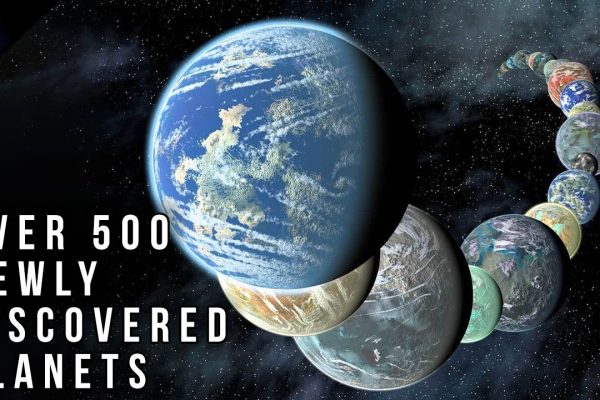
🚀 Top 10 Biggest Breakthroughs in Space Technology
Space exploration has evolved rapidly, thanks to groundbreaking technological advancements. From reusable rockets to interstellar probes, these innovations have reshaped our understanding of the cosmos and paved the way for future space missions. In this article, we’ll explore the Top 10 Biggest Breakthroughs in Space Technology that have revolutionized our ability to explore the universe….

